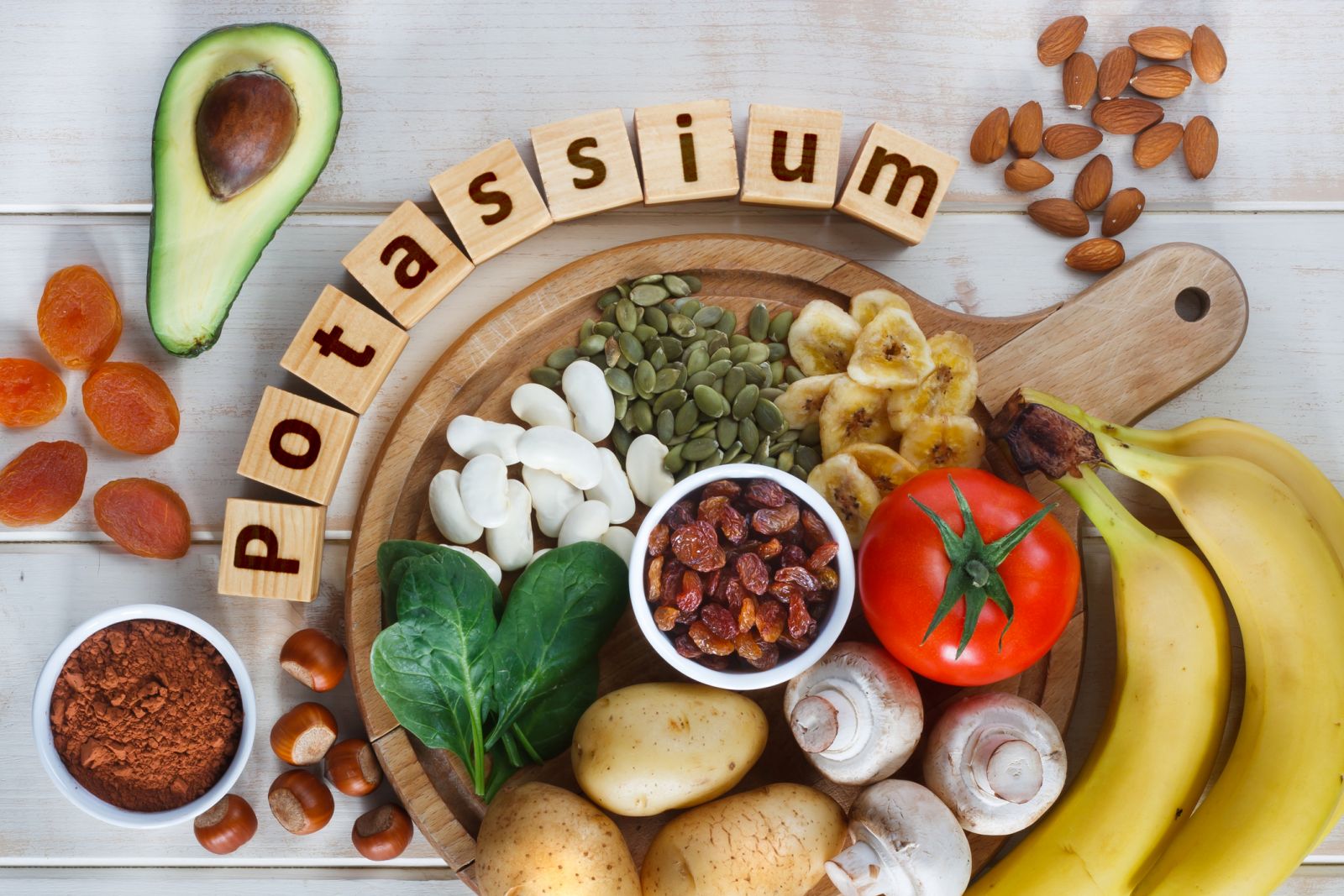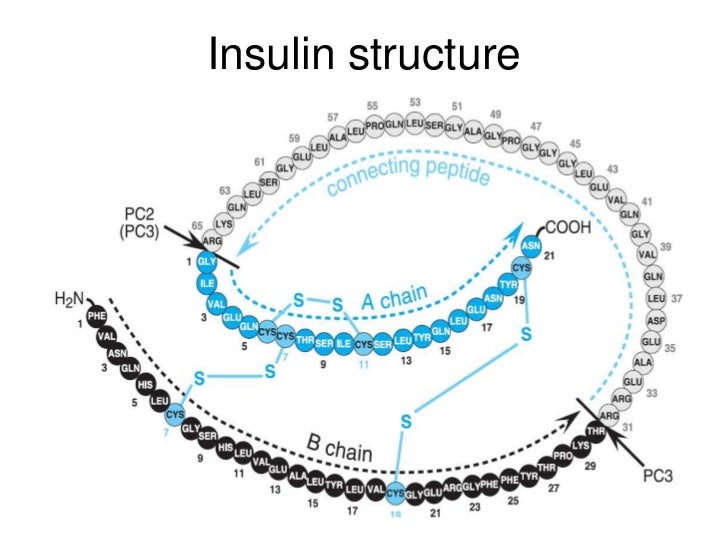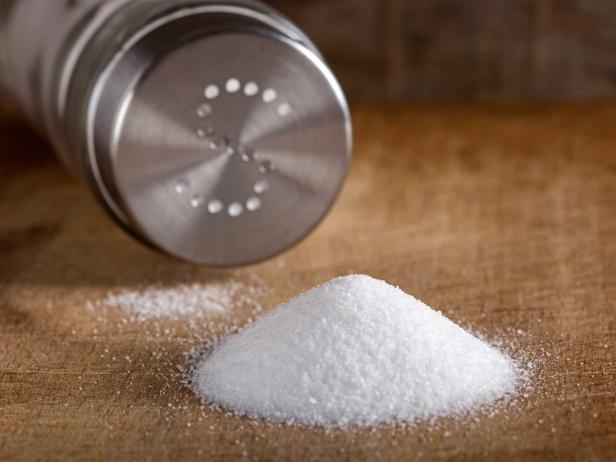Among today’s most popular diet trends is the alkaline diet; an eating pattern that involves replacing acid-forming foods and beverages with those that are considered alkaline.
Why consider doing this? Proponents of the diet claim that limiting acidic foods found in the traditional Western diet such as meats, dairy, eggs, grains, and alcohol and swapping them with more alkaline foods such as fruits, nuts, legumes, and vegetables, can fight off diseases – specifically osteoporosis and cancer [1][2]. Because of this, promotion of alkaline foods and increased sales of expensive alkaline water have been seen in recent years [3]. Before believing the claims of this diet, however, it is best to take a look at the reasoning and evidence (or lack thereof) behind them.
pH & the Body
Anyone who has taken chemistry courses will likely remember learning about acids, bases, and the pH scale. When a substance has a low pH, this indicates that the substance is acidic, and when pH is high, the substance is basic, or alkaline. The important concept here is that the human body is highly sensitive to changes in pH level, and even small discrepancies in its pH can have life-threatening effects. Thankfully, the body has many homeostatic systems in place to keep its pH levels balanced, even when acidic foods and beverages are consumed.
The Alkaline Diet & Osteoporosis
Those who follow and promote the alkaline diet say that the typical Western diet, which is high in acid-forming foods (animal products, grains, etc.) can cause the pH of the body to become dangerously acidic. In response to this change, they claim that the body takes alkaline minerals such as calcium from bone tissue to buffer the acidity, which can lead to osteoporosis over time [4]. This theory is called the “acid ash hypothesis of osteoporosis.” The issue with this theory is that it ignores the fact that both the kidneys and the respiratory system regulate blood pH; there is no evidence that the bones are even involved [5]. No existing studies have yet found a relationship between dietary acid and bone fracture risk or bodily calcium levels [6], so the belief that an alkaline diet can decrease risk of osteoporosis risk is generally unfounded.
The Alkaline Diet & Cancer
Proponents of the diet also argue that cancer cells grow best in an acidic environment, and that an alkaline diet can help to treat cancer. This claim has no solid basis when considering that the most comprehensive studies available have not found any direct link between dietary acidity and cancer. In fact, cancer grows well in normal body tissue which has a slightly alkaline pH of 7.4 [7]. Although cancer cells do grow more quickly in acidic environments, it has been found that the acidity is caused by the tumors themselves, not the other way around [8].
Conclusion
Despite the lack of evidence to support the main physiological claims of the alkaline diet, following it can have natural health benefits. Foods that are more alkaline consist mainly of whole, unprocessed foods such as vegetables, fruits, and legumes, all of which are significant contributors to good, overall health. Other than a potential lack of nutrients that are found mainly in animal based foods, adopting this diet can potentially improve one’s nutritional status. However, it should be remembered that according to existing evidence, it is the nutrients found in alkaline foods, not their alkalinity, that make them healthy.
References
- http://www.mdpi.com/2072-6643/10/4/517/htm
- https://www.healthline.com/nutrition/the-alkaline-diet-myth#section5
- http://www.marketwired.com/press-release/alkaline-water-company-reports-first-half-2018-financial-results-with-record-sales-exceeding-otcqb-wter-2241433.htm
- https://www.ncbi.nlm.nih.gov/pubmed/29690515
- https://www.physiology.org/doi/full/10.1152/advan.00054.2009
- https://onlinelibrary.wiley.com/doi/full/10.1359/jbmr.090515
- https://nutritionandmetabolism.biomedcentral.com/articles/10.1186/1743-7075-9-72
- https://www.ncbi.nlm.nih.gov/pubmed/18301995

















 It is well established that the microbiome present in our guts interact with our bodies throughout our lives. Although we understand that these bacteria are present, how do our bodies respond to communication with these organisms?
It is well established that the microbiome present in our guts interact with our bodies throughout our lives. Although we understand that these bacteria are present, how do our bodies respond to communication with these organisms?










